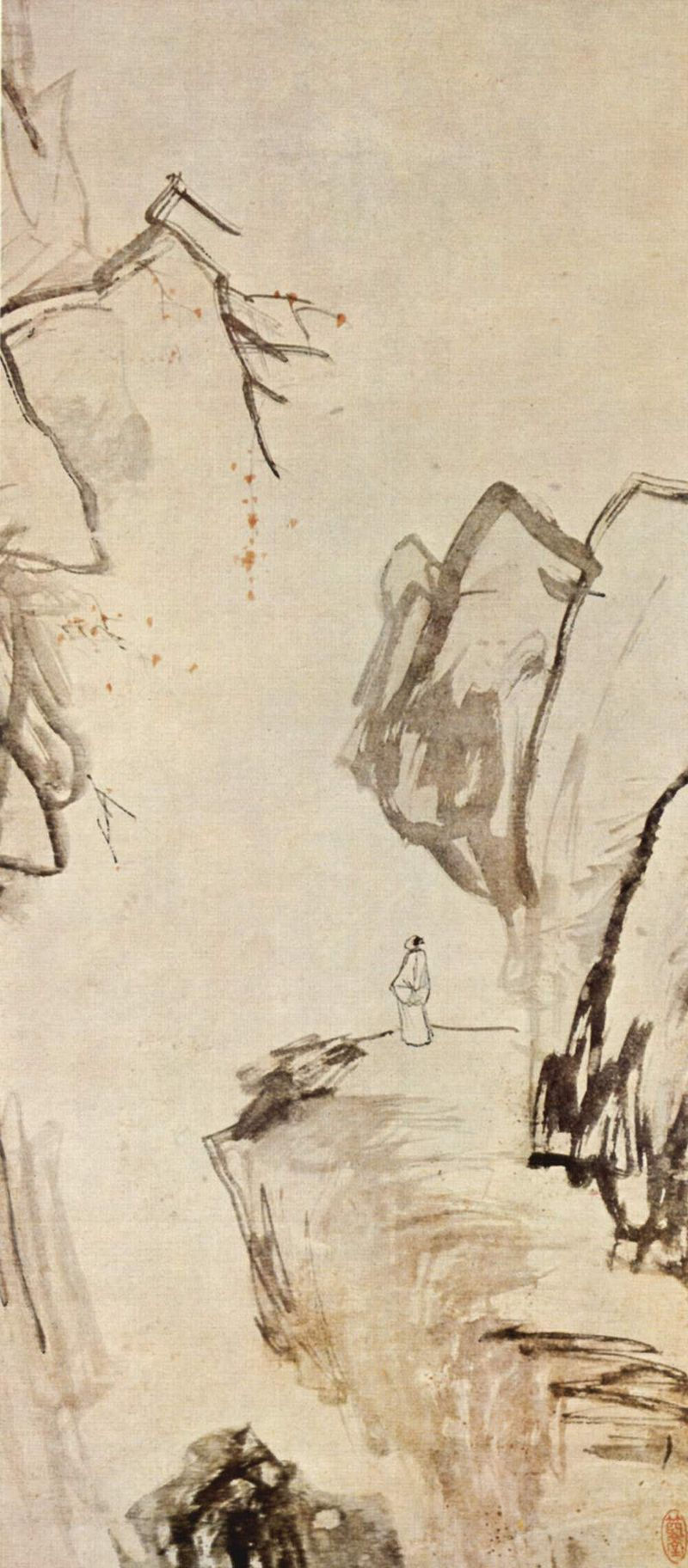Wash Painting Technique: The Essential Guide to Creating Washes in Acrylic and Oil
- Cours de peinture Mixarts
- Nov 8, 2024
- 4 min read
Updated: Jan 17
What is a Wash?
What is a wash, and what is it used for? Even more interestingly, how to create a wash?
Discover the answers to these questions in this article.
What is a Wash in Painting?
A wash is a technique for applying "washed-out" paint, meaning paint that has been heavily diluted to create a translucent effect, and is applied directly onto the canvas or surface.
The wash can be a solid color or a gradient of one or several colors.


What is a Wash Used For?
A wash is often used simply to cover the white of the canvas with color.
It’s also useful for quick sketches, studies, and preparatory drawings with a brush.
You can use the wash technique to create your sketch on the canvas, allowing you to place your subject, add shadows and highlights, and check your composition all in one go.
Because this layer of paint is very diluted, it dries faster, making it easy to apply the next layer quickly.
You can also paint over a wash that hasn’t fully dried.
How to Create a Wash in Painting
A wash is a color that has been diluted, thinned out, and applied in fine translucent layers. Each new layer subtly changes the tone and hue of the previous one through its transparency.
A wash is often done with a single color that is diluted to varying degrees to achieve different intensities—essentially "washing out" the color. White areas are created by leaving parts of the surface unpainted.
Lighter colors are achieved by covering the surface less fully.
How to Create a Wash with Acrylic Paint
To create an acrylic wash, use water and/or a fluid medium to dilute acrylic color.
Start by dipping your brush in water or fluid medium and picking up a small amount of paint. Mix water or medium and paint on your palette until you achieve the desired level of dilution and transparency. If you want a darker or more intense color, reduce the amount of water or medium.
Important! Be mindful of the amount of water you use for dilution. Too much water can affect the integrity of the paint. Excessive water will prevent the pigments from bonding well with the surface, as there won’t be enough polymer emulsion to make them adhere.
If you need more dilution, you can combine water with fluid medium to avoid compromising the paint's integrity.
Read this article to know how much water you can add to acrylic paint

How to Create an Wash with Oil Paint
To create an oil wash, use solvent or mineral spirits to dilute the color.
Dip your brush in the solvent, pick up a small amount of color, and mix them on your palette until you achieve the desired level of dilution and transparency.
Adjust the amounts of solvent and paint in your mixture to create different intensities of tone. For a darker or more intense color, reduce the amount of solvent or add a bit more paint. Test the effect on your surface to see the results.

This notebook will save you time and prevent you from wasting paint
note the exact colors you used for each of your art works,
keep all your color recipes together, so you never forget them,
keep all your inspirational photos and images with artist name and website information in one place for fast and easy reference.
So stop wasting time and paint trying to remember how to recreate a colour.
Get this practical artist's notebook, created by an artist for artists.
This notebook helps you free your mind of these details so you can concentrate on your creativity.
You can use these link depending on your location:
CANADA - CA : https://www.amazon.ca/dp/B0BS8ZZWHM
France - FR : https://www.amazon.fr/dp/B0BS8ZZWHM
USA - US : https://www.amazon.com/dp/B0BS8ZZWHM
Deutsch - DE : https://www.amazon.de/dp/B0BS8ZZWHM
Espagne - ES: https://www.amazon.es/dp/B0BS8ZZWHM
Italie - IT : https://www.amazon.it/dp/B0BS8ZZWHM
Nederlands - NL : https://www.amazon.nl/dp/B0BS8ZZWHM
日本語 - JA : https://www.amazon.co.jp/-/en/dp/B0BS8ZZWHM
Australie - AU: https://www.amazon.com.au/dp/B0BS8ZZWHM
How to enlarge all your drawings to scale without doing any calculations
How to guide to enlarge your drawings to reproduce a subject on a canvas with precision, without knowing how to draw and without having to take out your calculator.
Subscribe to our Youtube channel to stay updated on new videos.
👉 YouTube
To learn more about our Painting Classes, visit:
Join the Facebook group:
Discover articles on painting techniques on our blog:
👉 BLOG Mixarts Painting Courses
To learn more about our online courses:






Comments